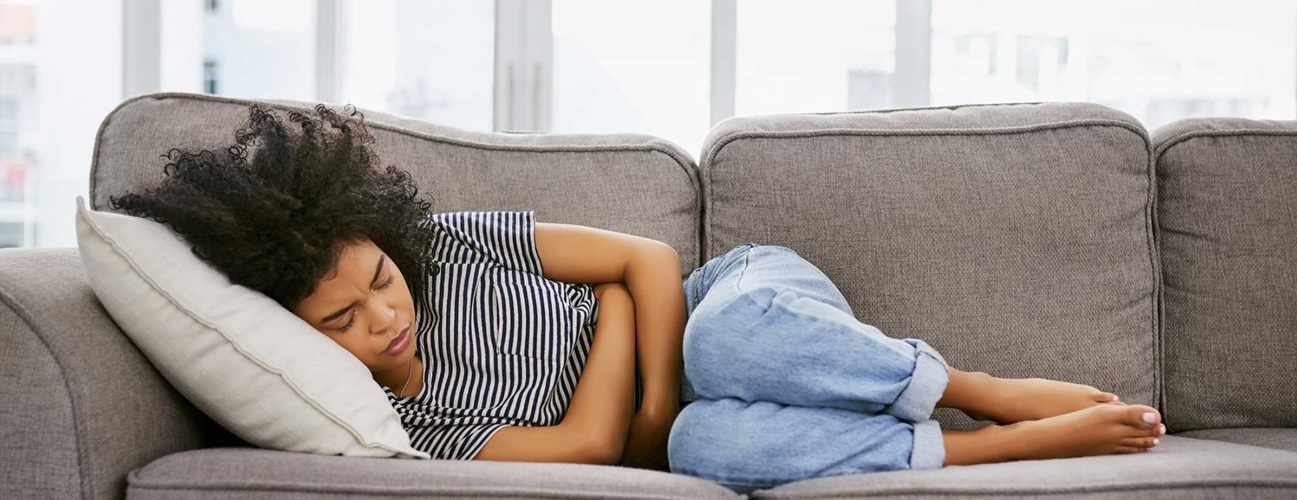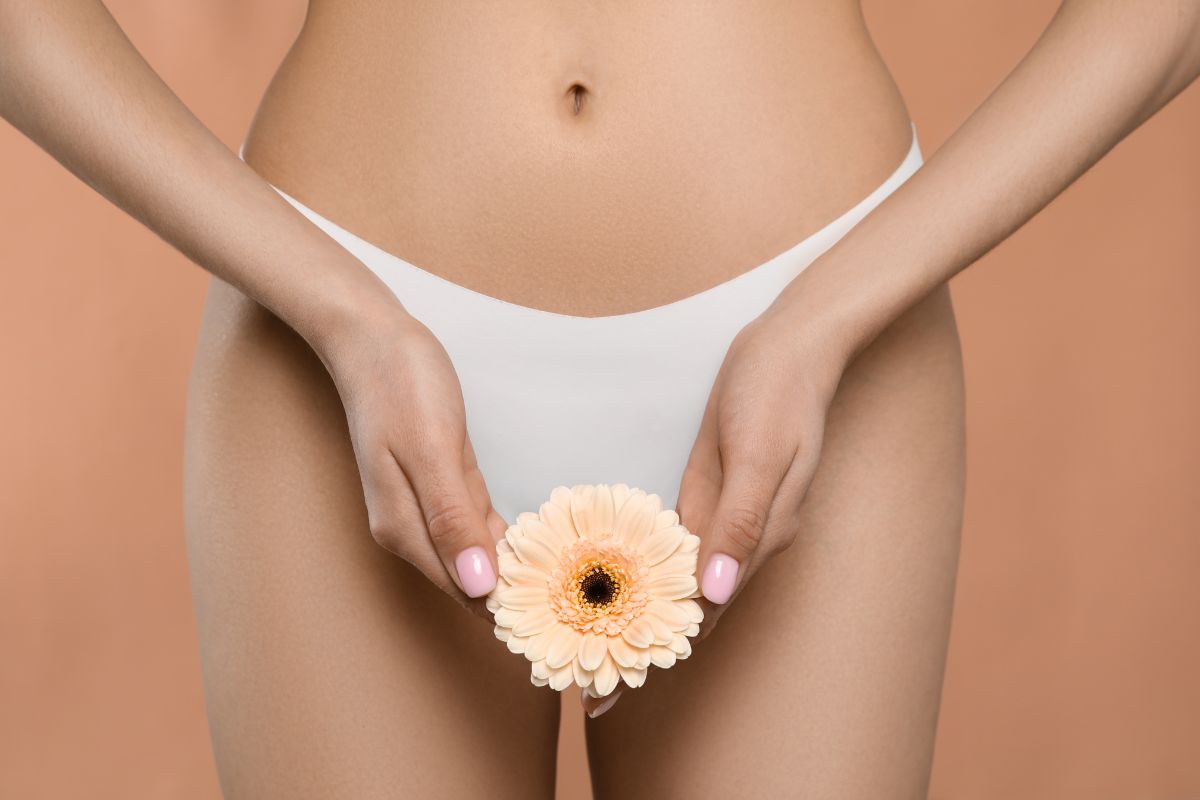Are you tired of dealing with debilitating cramps during your period? Well, you’re not alone. Many of us have experienced the discomfort and pain that comes with menstrual cramps. But have you ever wondered if the type of menstrual product you use could be contributing to your cramps? Specifically, do pads cause cramps?
In this article, we’re going to look into this question and explore whether or not pads can actually worsen your cramps. We’ll look at the science behind cramps and the role that prostaglandins play in causing them. We’ll also take a closer look at the experiences of people who have reported increased cramping when using tampons, and how organic pads might offer a solution.
Contents
Do Pads Cause Cramps?

Many people with periods have wondered whether pads can cause cramps. The experience of cramping while using tampons has led some to question whether pads might be a better option. In order to explore this topic further, we need to consider the science behind cramps and the experiences of those who have reported increased cramping with tampon use.
The scientific explanation for cramps is fairly straightforward – they are caused by prostaglandins, not tampons or pads. Prostaglandins are hormones that are released during menstruation to help the uterus shed its lining. These hormones can cause the uterine muscles to contract, resulting in cramping. Therefore, it is not the pad itself that is causing the cramps, but rather the natural processes occurring within the body.
However, we should also acknowledge the many accounts from individuals who claim that tampons do lead to increased cramping. On platforms like Reddit, there are numerous testimonies that suggest a correlation between tampon use and worsening cramps. Some people have reported that their cramps are less severe when using pads or period underwear, but intensify as soon as they insert a tampon.
While these personal experiences are valid and should not be dismissed, it is important to remember that everyone’s body is different. What might work for one person may not work for another. This is why it is crucial to seek personalized advice from a healthcare professional if you experience severe cramps.
Organic pads may be a potential solution for those looking to alleviate cramps. Made from natural materials without chemicals or synthetic additives, these pads are designed to be gentle on the skin and reduce irritation. Some people find that organic pads are more comfortable and less likely to cause discomfort during their period, which in turn can help reduce cramping.
Other Possible Causes of Cramps
1. Hormonal Changes
Hormonal changes can play a significant role in causing menstrual cramps. Before and during your period, your body produces chemicals called prostaglandins. These prostaglandins are made in the lining of the uterus and cause the muscles and blood vessels in the uterus to contract. The levels of prostaglandins are highest earlier in your menstrual cycle, which is why you may experience more intense cramps at the beginning of your period.
2. Uterine Contractions
During menstruation, the uterus contracts to shed its lining. These uterine contractions can sometimes lead to cramping. The intensity of the contractions can vary from person to person, with some experiencing mild cramps while others have more severe discomfort. It’s important to remember that this is a natural process and is not necessarily caused by the use of pads or other menstrual products.
3. Endometriosis
Endometriosis is a condition in which the tissue that lines the uterus grows outside of it, typically in the pelvic area. This can lead to intense pain and cramping, especially during menstruation. If you have been experiencing severe cramps that are interfering with your daily life, it may be worth discussing the possibility of endometriosis with your healthcare provider. They can evaluate your symptoms and provide the necessary guidance and treatment options.
It’s essential to keep in mind that everyone’s body is unique, and the causes and severity of menstrual cramps can vary from person to person. While pads are not a direct cause of cramps, if you have found that using a different menstrual product alleviates your discomfort, it may be worth exploring different options. Remember to consult with a healthcare professional if you are experiencing severe or persistent pain during your period.
How to Relieve Cramps?

1. Over-the-counter pain relievers
When it comes to finding relief from menstrual cramps, over-the-counter pain relievers can be a game-changer. Nonsteroidal anti-inflammatory drugs (NSAIDs) like Ibuprofen have been found to significantly reduce the severity of cramps. These medications work by blocking the production of certain chemicals in the body that cause pain and inflammation. It’s important to take note of the recommended dosage and follow the instructions on the packaging. Remember to consult with a healthcare professional if you have any underlying health conditions or concerns.
2. Heat therapy
Applying heat to your abdomen can be a simple yet effective way to alleviate cramps. Heat helps to relax the muscles and increase blood flow to the area, which can reduce pain and discomfort. You can use a heating pad, a hot water bottle, or even take a warm bath to experience the soothing benefits of heat therapy. Just make sure to use a towel or cloth between the heat source and your skin to prevent burns. Experiment with different temperatures and durations to find what works best for you.
3. Exercise
Believe it or not, exercise can be a natural remedy for menstrual cramps. When you engage in physical activity, your body releases endorphins, which are natural painkillers. Exercise also helps to increase blood flow and oxygen to the pelvic area, which can reduce cramping. Incorporating aerobic exercises like walking, jogging, or biking into your routine can help alleviate cramps and improve overall well-being. Remember to listen to your body and start with light exercises if you’re not accustomed to intense workouts.
4. Relaxation techniques
Sometimes, the key to managing menstrual cramps lies in finding relaxation and stress relief. Practices such as meditation, deep breathing exercises, and yoga can help relax the mind and body, easing cramps in the process. Taking time to prioritize self-care and engaging in activities that help you unwind can have a positive impact on your menstrual cramps. Consider creating a calm and comfortable space for yourself, practicing mindfulness, or exploring relaxation apps to find techniques that work best for you.
Conclusion
Pads are not the direct cause of menstrual cramps. As discussed, cramping during menstruation is primarily caused by hormonal changes and uterine contractions. Conditions like endometriosis can also contribute to the severity of cramps.
It’s important to remember that every body is unique, and what works for one person may not work for another. If pads do not alleviate your discomfort, it may be worth exploring different menstrual product options.
If you experience severe or persistent pain during menstruation, it’s always a good idea to consult with a healthcare professional. They can provide personalized advice and recommend possible medical interventions if necessary.
Frequently Asked Questions
Are pads or tampons better for cramps?
Tampons are not a direct cause of cramps, but some women find that tampons and menstrual cups can exacerbate menstrual cramps and pain.
Should sanitary pads be free?
Providing free period products is important for hygiene, as lack of access and education can lead to avoidable situations affecting menstruators physically and mentally.
Is it OK to wear a pad for 12 hours?
It is not hygienic to wear a pad for 12 hours, even with a light flow. Bacteria can accumulate, causing odor and potential infections. It is recommended to change pads every 3-4 hours.
I am a medical student with experience and interest in Women’s health and well-being.